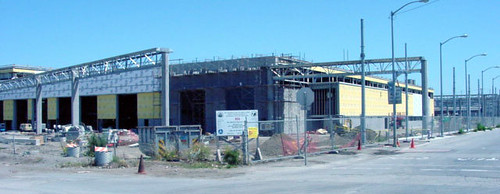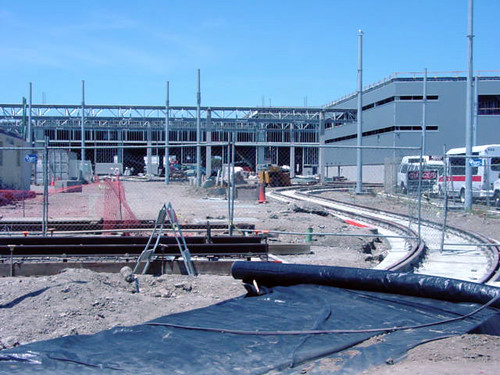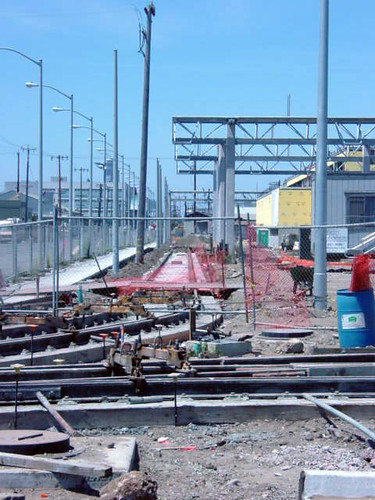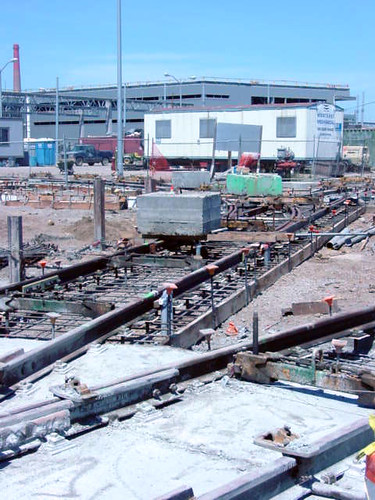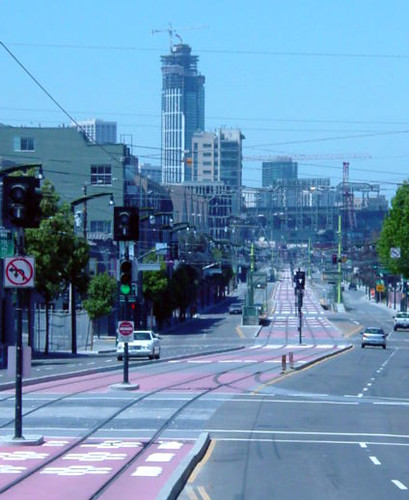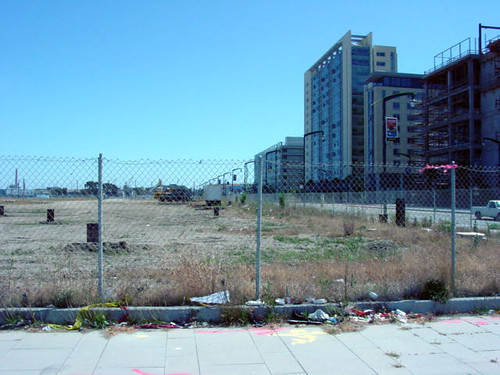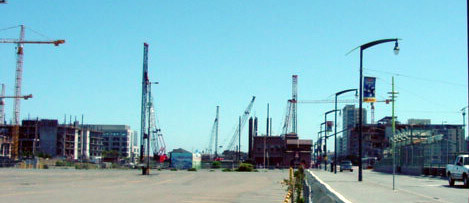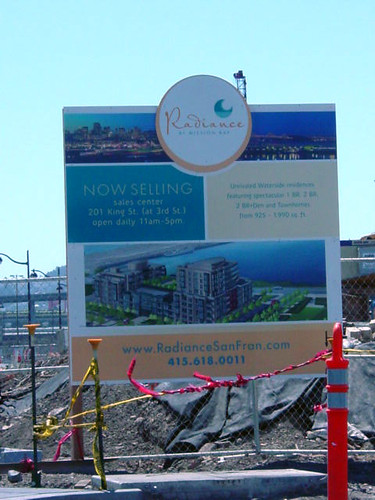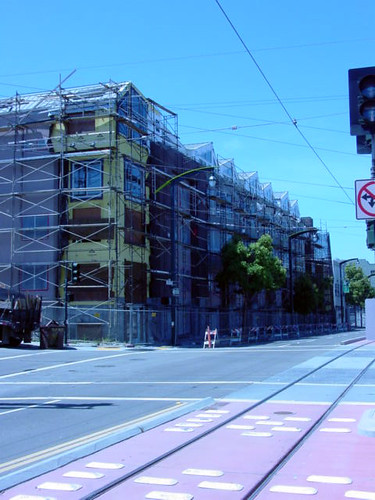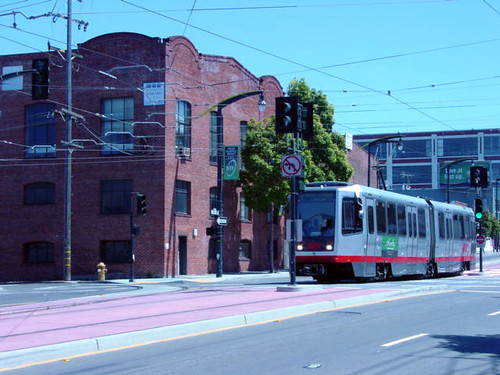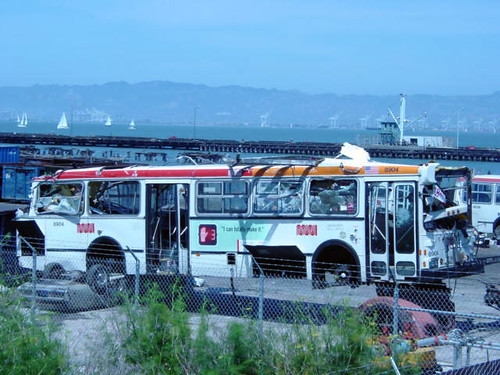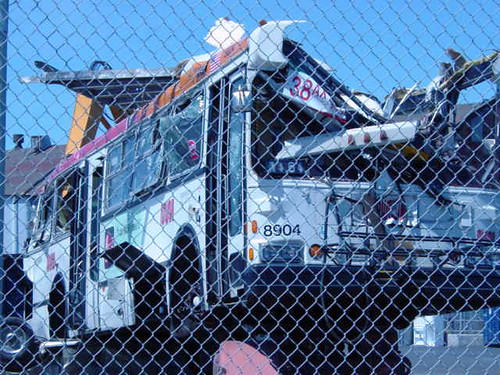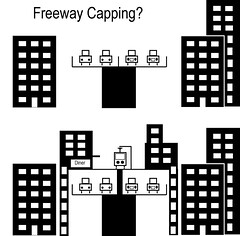The LATimes has had a dust up session much like one they held a few months ago over transit and smart growth. Basically they pit sprawl loving auto junkies versus transit or growth experts. It's a good read with lots of interesting points. I think the best part about it is that it allows us to hone our arguments against the knuckle draggers out there
who just don't get it. I'm not a fan of Robert Bruegman, mostly because he distorts facts to get the desired outcome, but more so because his arguments sound like they are coming from a 1950's highway engineer who doesn't have to worry about VMT, Energy issues, or quality of life. I mean basically he's throwing all of today's issues. When you read these, keep in mind that he doesn't address any serious issues of the day. He skirts them.
Day 1. Density is LA's Undoing... Seriously...thats what Rob says. In fact he even makes the old basketball trash talk, you can't stop me, you can only hope to contain me.
Day 2. A Greener American Dream... let us hope this is what happens. Although Rob B. Makes a fool of himself when he argues that basically we should just let inertia take us where it will.
Day 3. Mass Transit... Rob argues for PRT while Gloria Ohland argues for housing choices. I'm glad she reframed the issue on him. The transit doesn't work because it doesn't address sprawl attitude is getting tired. If there were better, cheaper technologies out there, then wouldn't we be using them now? I mean just today we pushed the gas standards up to
35 mpg by 2020. While incredibly weak, we're been letting the auto industry get away with murder by babying them. Toyota isn't going under. I want moving sidewalks and those speed tubes from Futurama, but they aren't coming as long as the auto and concrete lobbies are in Washington. And right now the most efficient way to move people on a per passenger mile basis, and most fuel efficient is rail.
Day 4. It's Coming Soon...
I would do more commentary but really i'm just annoyed that people think like this. And really, if you don't know that sprawl is bad by now, then you might never get it. Is anyone else tired of the inertia and the same old arguments about the free market. Well if the free market worked the way the libertarians wanted it to, we would have transit and we wouldn't have ridiculous sprawling suburbs. If anyone gets a chance, they should check out Jonathan Levine's book,
Zoned Out. It puts all that junk to rest, at least in my mind.
